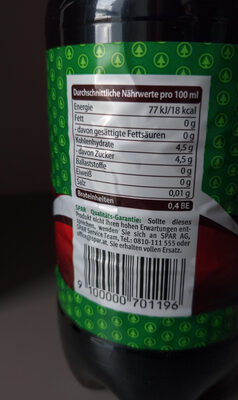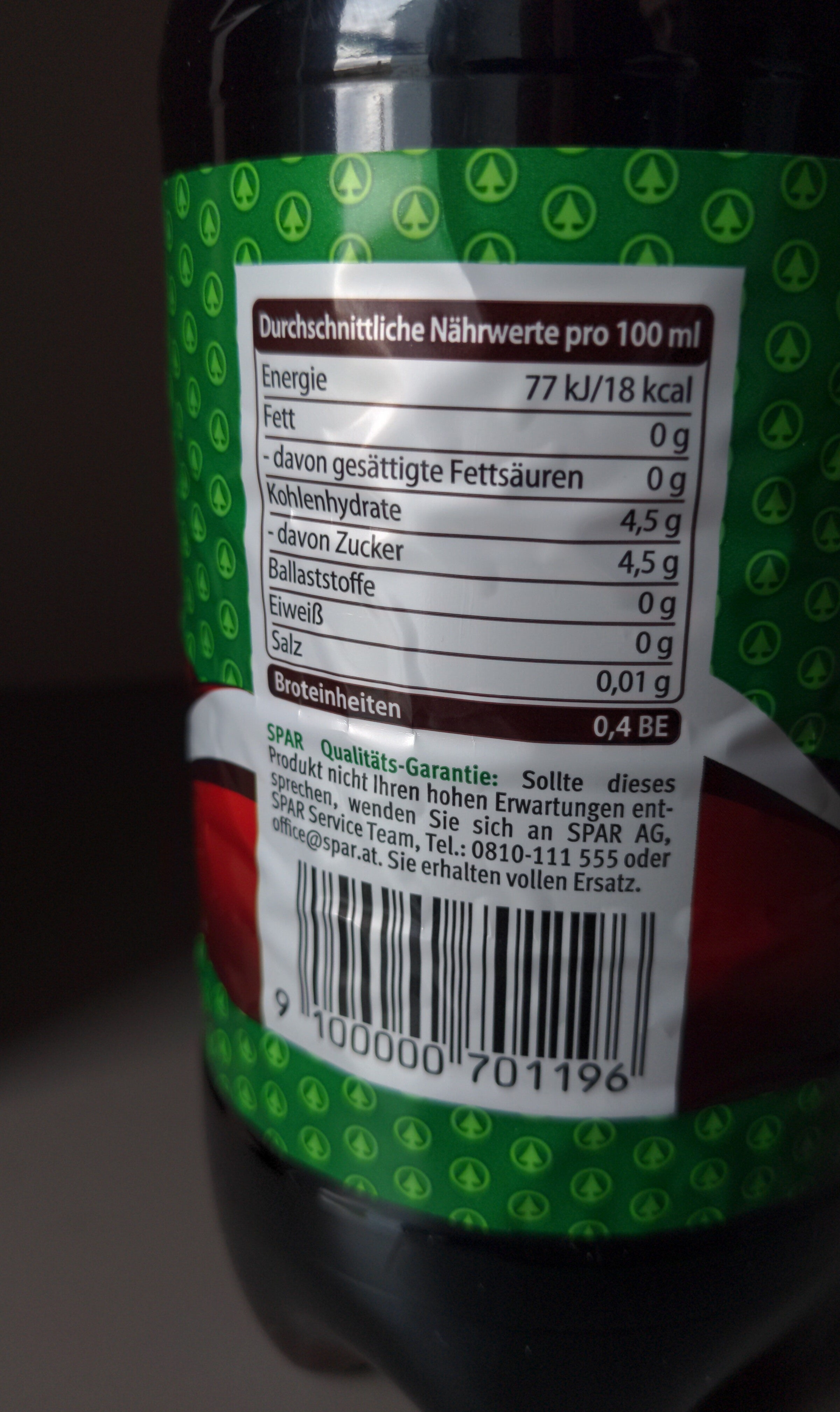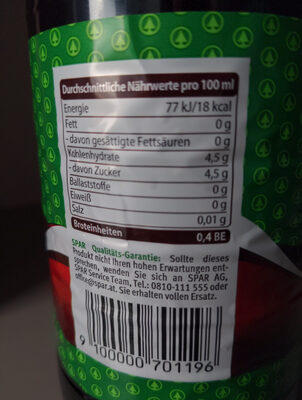S-Budget Cola - 1,5 L
This product page is not complete. You can help to complete it by editing it and adding more data from the photos we have, or by taking more photos using the app for Android or iPhone/iPad. Thank you!
×
Barcode: 9100000701196 (EAN / EAN-13)
Quantity: 1,5 L
Packaging: Plastic
Brands: S-Budget
Categories: Beverages, Carbonated drinks, Sodas, Non-alcoholic beverages, Colas, Cola with sugar and artificial sweetener
Stores: Interspar Eurospar Spar
Countries where sold: Austria
Matching with your preferences
Environment
Packaging
Transportation
Report a problem
Data sources
Product added on by halal-app-chakib
Last edit of product page on by jkl333.
Product page also edited by openfoodfacts-contributors.
If the data is incomplete or incorrect, you can complete or correct it by editing this page.










